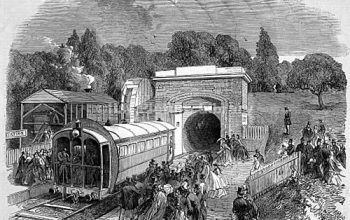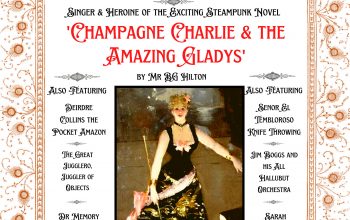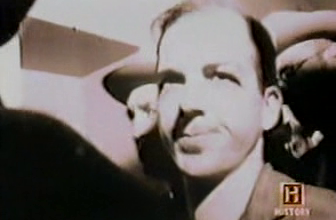Have You Seen the Shah?
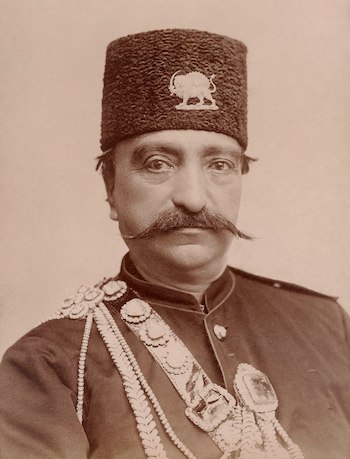
In 1873, the Shah of Persia visited Europe and Britain. Nasar al-Din Shah Qajar was the first modern Persian ruler to travel in Europe. He was engaged in high-level diplomacy with European rulers and ministers, but he was also part tourist, seeing many things that would have been unfamiliar to him. His odd sense of humour, his undisguised joy at British oddities and his astonishingly rich and exotic clothing made it a common thing for crowds to turn up at his public appearances — so common that the event was memorialized in a music-hall ballad ‘Have You Seen the Shah?’
Songs and ballads like this were effectively the memes of their generation. A way of for people who aren’t journalists or politicians to stamp their own interpretations on current events. Cheap printed images were available, true, but songs were cheaper — and harder to censor. I can’t prove this obviously, but I strongly suspect that the published versions of these songs were tamer than the versions sung in music halls and penny gaffs.
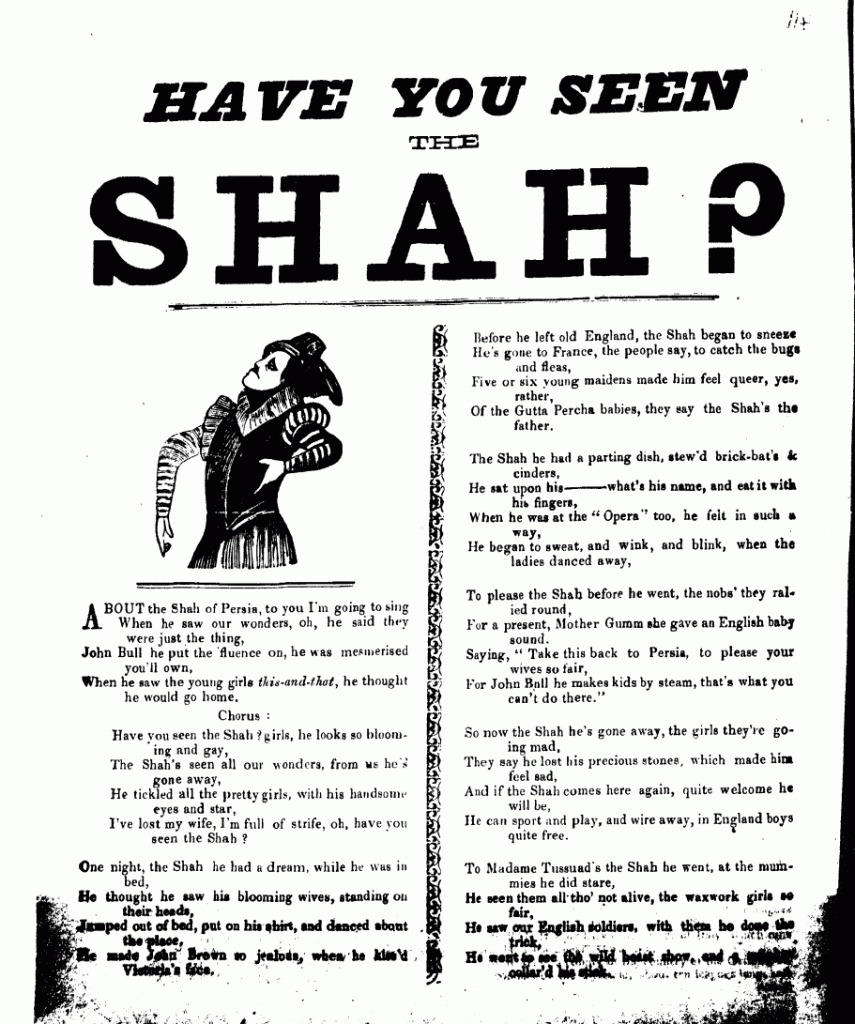
They could touch on all manner of social news. I picked ‘Have You See the Shah?’ as an example just because I like the title. The actual content is pretty silly — vague, bawdy insinuation with a little racism on top. There were a number of rumours about the Shah circulating, concerning either his incomprehension at British life or his barbarity, though it’s hard to say whether these were sincerely believed or simply unkind jokes — though the song’s sly mention of John Brown suggest that the Shah was not the only royal being made fun of.
Other subjects to be immortalized in doggerel verse and toe-tapping tunes include the infamous Red Barn Murder of 1827, the death of Prince Albert, the case of the Tichbourne Claimant or the famous incident when London draymen beat up the Austrian General Haynau. But others aren’t about a specific event so much as some fad or other broad issue.
This brings us to the mid-19th Century ballad ‘Champagne Charlie is My Name‘, which tells of the increasing popularity of sparkling champagne in Britain. The French champagne industry had suffered two heavy blows, the first being the destruction of it’s aristocratic market in the French Revolution, and the second being the occupation of France after the Napoleonic Wars. By the 1850s the industry had recovered and — while it still produced fine vintages for the elite — was moving into exporting inexpensive wines as a prestige drink for the growing middle class. ‘Champagne Charlie’ with it’s raucous praise of drinking champagne and living the good life was made famous by singer George Leybourne. In fact, he made the song so well known that champagne importers bribed him to never be seen to drink anything but champagne in public.

Champagne drinking is my game,
There’s no drink as good as fizz fizz fizz!
I’ll drink ev’ry drop there is is is!
All round town it is the same,
By pop pop pop I rose to fame.
I’m the idol of the barmaids,
Champagne Charlie is my name.
I love these old songs, with their mix of banal catchphrases, obscure lyrics and weird references, designed to fly under the censors’ radar in the 1850s and almost incomprehensible now. It’s probably why I picked the title as the name of one of my heroes. The Hon Edward ‘Charlie’ Decharles may not be quite as suavely decadent as the hero of ‘Champagne Charlie’, but he’s just as affable — and certainly just as drunk.
Champagne Charlie and the Amazing Gladys is available wherever good ebooks are sold.

